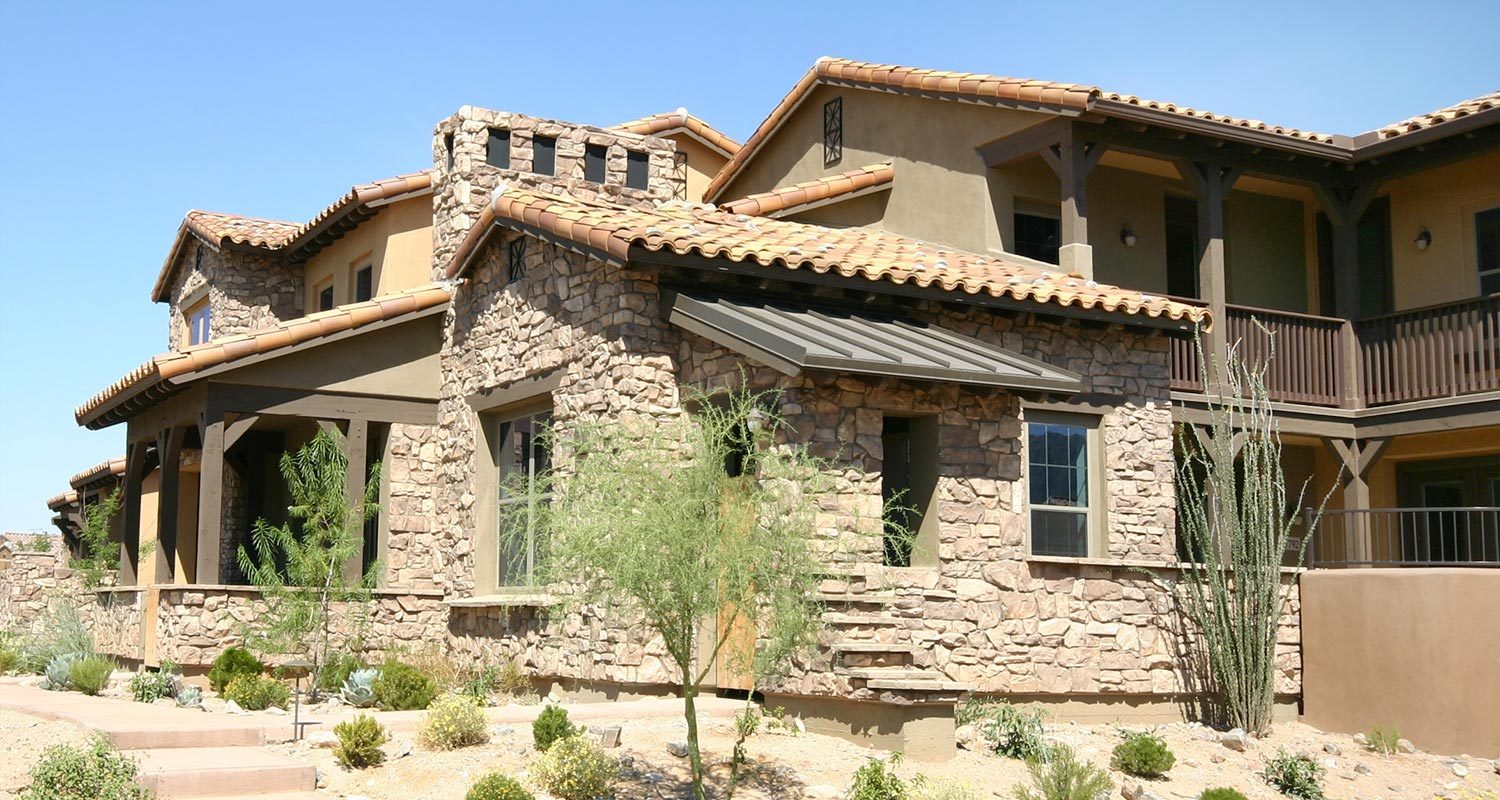Masonry bearing walls are structural walls made from masonry materials (such as brick, stone, concrete blocks, or cement blocks) that serve as the primary load-bearing component in a building or structure. These walls carry and transfer loads from the roof, floors, and other parts of the building down to the foundation. Here’s a breakdown of what masonry bearing walls are and how they function:
Key Characteristics of Masonry Bearing Walls:
1. Load-Bearing Function
-
Support Weight: Unlike non-load-bearing walls (such as partition walls), masonry bearing walls support vertical loads, including the weight of the roof, floors, and any additional structures above them.
-
Transfer Loads: They transfer these loads from the upper levels down to the foundation of the building.
2. Material Composition
-
Masonry bearing walls are typically made from brick, concrete blocks, stone, or precast concrete. These materials are chosen for their strength and durability to bear the weight of the structure.
-
Brick: Traditional, attractive, and relatively strong.
-
Concrete blocks (CMU): Common in modern construction due to their cost-effectiveness and strength.
-
Stone: Often used in historic buildings or structures where aesthetics are important.
-
3. Thickness and Design
-
Thickness: Masonry bearing walls are generally thicker than non-load-bearing walls to support the weight. The thickness depends on the building’s load and the material used.
-
Reinforcement: Sometimes, steel reinforcement bars (rebar) are embedded in the masonry for added strength, especially in seismic zones or areas with heavy loads.
Functions of Masonry Bearing Walls:
-
Structural Support: They bear the weight of the structure above (such as floors and roofs), distributing this load down to the foundation.
-
Shear Resistance: These walls provide lateral stability against forces like wind or earthquakes, making them crucial for the building’s overall safety.
-
Thermal Insulation: Masonry walls often provide better insulation against heat and sound than other types of walls.
-
Aesthetic Appeal: In addition to their structural benefits, masonry bearing walls can also be designed for visual appeal (especially with exposed brick or stone).
Advantages of Masonry Bearing Walls:
-
Strength and Durability: Highly resistant to fire, wind, and moisture.
-
Low Maintenance: Masonry walls require less maintenance compared to other wall materials.
-
Energy Efficiency: They provide better insulation, helping to reduce energy costs.
Challenges with Masonry Bearing Walls:
-
Cost: Building with masonry materials is more expensive than using wood or steel, mainly due to the labor and material costs.
-
Limited Flexibility: Since these walls carry significant weight, cutting openings or altering their layout can be difficult and may require additional reinforcements.
Common Uses of Masonry Bearing Walls:
-
Historic and Older Buildings: Many older structures were built with masonry bearing walls as a primary load-bearing element.
-
Modern Construction: In some cases, masonry bearing walls are still used in multi-story buildings, especially those that require extra strength and durability.
-
Foundation Walls: They are often used as foundation walls or the lower walls in buildings, supporting the entire structure above.
Summary:
Masonry bearing walls are structural walls made from materials like brick, stone, or concrete that carry the weight of the building and transfer it to the foundation. They are a critical part of many buildings, particularly in older constructions, offering both strength and aesthetic appeal. However, they come with challenges like higher costs and limited flexibility in design changes.
DIVERSIFIED BUILDER SUPPLY, INC. OFFERS SERVICE THROUGHOUT THE PHOENIX METROPOLITAN AREAS!
[/vc_column_text]
Learn more about the anatomy of fireplaces, the different types of fireplaces and what they consist of.





